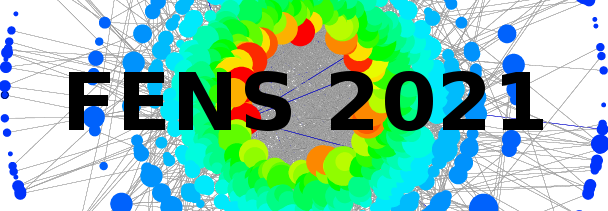Speaker
Description
Understanding how people interact, form friendships, and formulate opinions is vital for predicting evolution of social systems. Heider Balance Theory (HBT) takes into account dynamics of social triads by considering the well-known rules: a friend of my friend as well as an enemy of my enemy are my friends, and a friend of my enemy as well as an enemy of my friend are my enemies. To capture pair and triadic interactions we connected ideas of homophily and HBT and proposed a model of N agents possessing G attributes each. Edge weights and polarities are a consequence of attributes and in this way homophily and Heider interactions are naturally included. Using Fokker-Planck equation we obtained an analytical solution for a stationary density of link weights and found that a phase transition to the structurally balanced paradise state with positive links only exists in the regime G>O(N^2). This result suggests that the lack of structural balance observed in many social data can be explained by subcritical numbers of social attributes for interacting parties [1]. An extended version of this model was applied to the dataset of interacting students of University of Notre Dame. We found that Heider interactions are evident only when the social distance is measured by multidimensional attributes describing opinions of students on abortion, death penalty, euthanasia, gay marriage, homosexuality, marijuana use, politics and premarital sex. When opinions on each topic are considered separately from the others, the triadic interactions become negligible [2].
References
[1] PJ Górski, K Bochenina, JA Hołyst, RM D’Souza, Phys.Rev.Lett.125 (7), 078302 (2020).
[2] J.Linczuk, P.J.Górski, B.K.Szymański and J.A.Hołyst, submitted.

